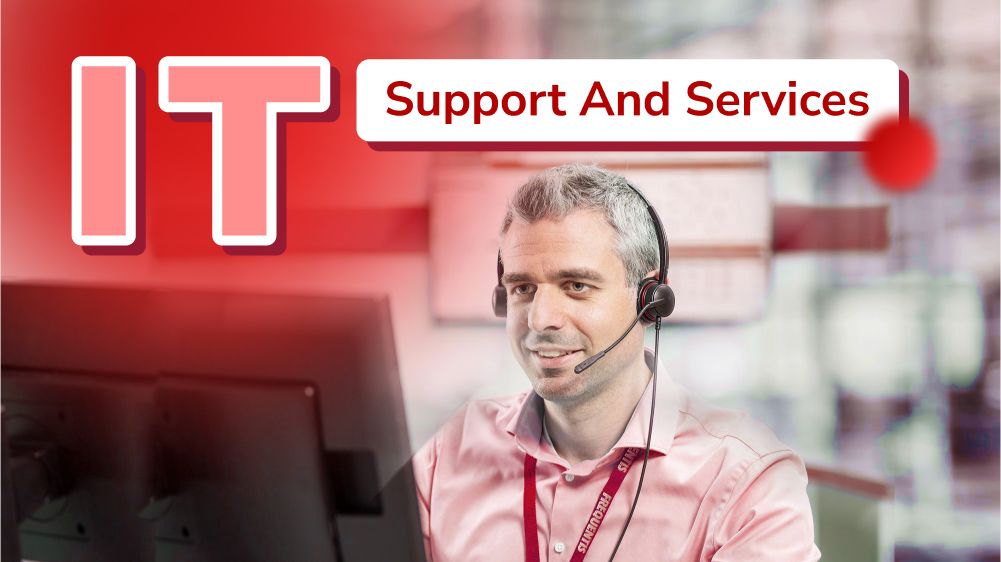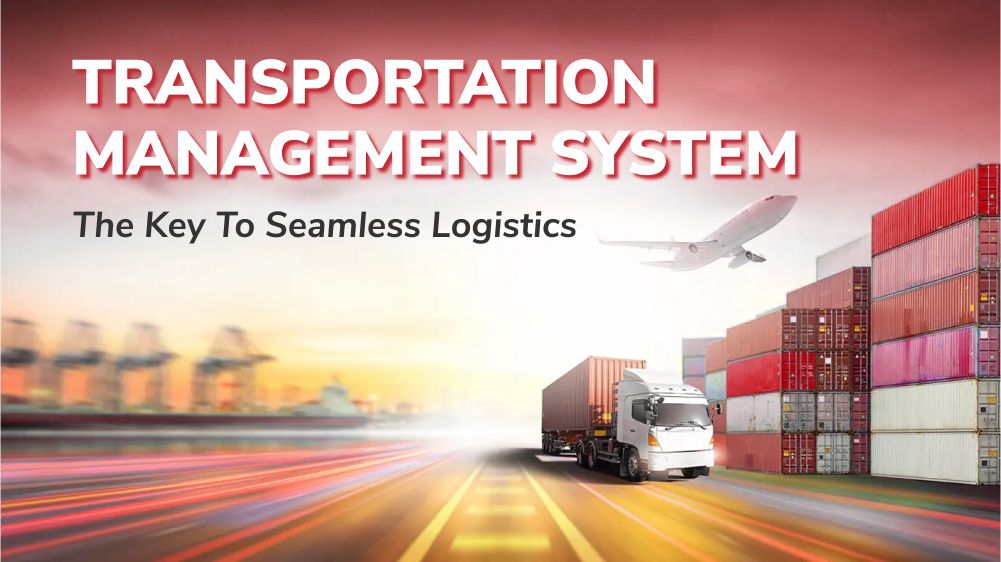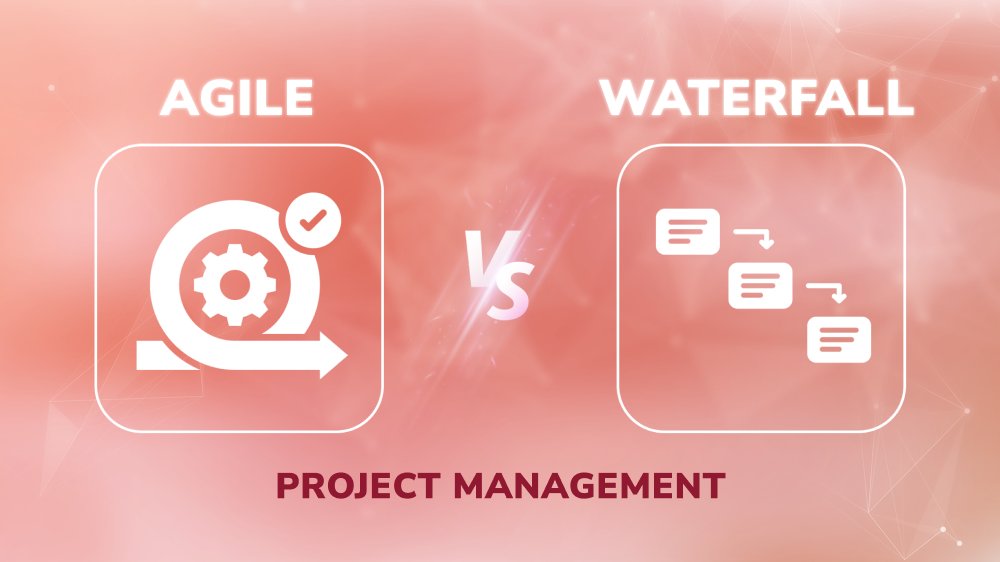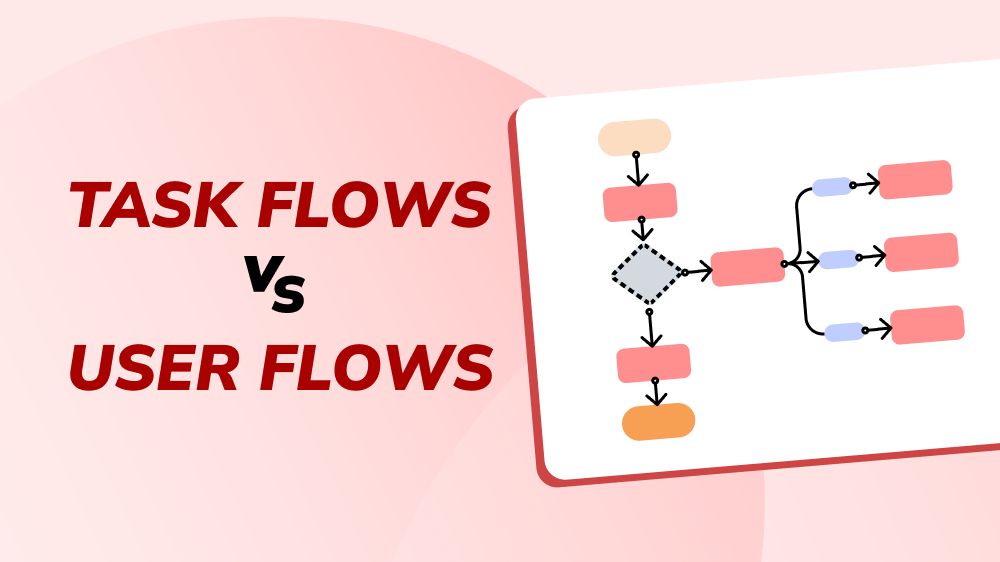
Why Project Stakeholder Management Is Crucial for Your Project Success

Content Map
More chaptersWell, let me tell you that 70% of all projects never end up performing as they are supposed to. So, this alarming statistic clearly points to the need for better project management. Stakeholder management is one of the most crucial activities during this process. Indeed, research shows that organizations that perform well in managing stakeholder relations are 2.5 times more likely to deliver project objectives.
Of course, when stakeholders do not sense the link between the outcomes of the work process and the values defended by the project, doubts will appear. If not controlled, ordinary complaints could turn into huge, unmanageable obstacles that frustrate the whole project.
That is where conceptually sophisticated identification, analysis, and communication of stakeholders are paid back in angels. Thereby, by synchronizing sponsor priorities and participant expectations, project stakeholder management creates a smooth path to project closure.
In the following, we’ll examine the rules of thumb to foster all the bi-united members who may affect change or might be affected by the alteration. That is why it is crucial to learn how to undertake problem-solving approaches aimed at increasing every stakeholder’s commitment to your success. It is, therefore, important that the stakeholders are well-managed at the start of your project.
What Is a Stakeholder in Project Management?

According to the Project Management Institute (PMI), a stakeholder is any individual, group, or organization that can affect, be affected by, or perceive itself to be affected by a project. Stakeholders can be internal or external parties. Internal stakeholders include project team members, project managers, and other employees within the organization. External stakeholders encompass clients, suppliers, investors, and regulatory bodies. Identifying key stakeholders and understanding their roles is crucial for the success of any project.
It should be noted that the stakeholders have a significant influence on the success of the project. On the positive side, stakeholder engagement means easily getting the support of the stakeholders, more resource mobilization, and efficient project management. On the other hand, failure to consider stakeholder expectations leads to resistance, delays, and even project termination. This implies that there must be an optimal flow of information, and this will require constant briefing of the stakeholders. Promoting and identifying the needs and issues of both internal and external stakeholders will enable project managers to increase the probability of success in the project.
What Is Project Stakeholder Management?
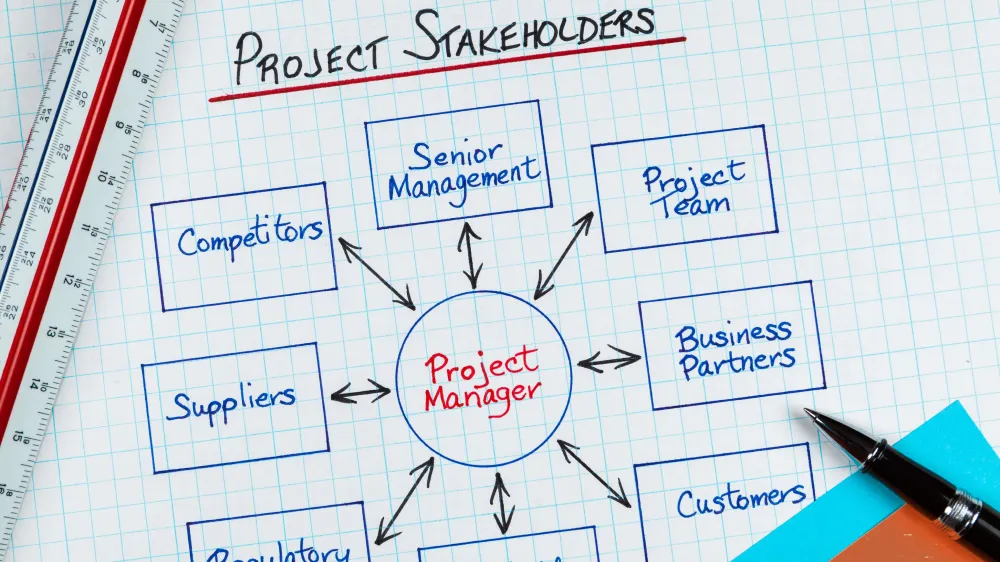
Project stakeholder management is a core component of project management that has to do with identifying, analyzing, and managing relations with those who have an interest in the prognosis of the project. The stakeholder management process consists of the identification of the latter, together with the assessment of these needs, its evaluation on an ongoing basis, and the planning of communication patterns with the former throughout the course of the project. Stakeholder mapping is crucial because stakeholders’ engagement should be in check, and their interests should be in harmony with the project’s interests.
Engaging and managing stakeholders is a key component, as people are the heart of the change process. The stakeholder management process helps in identifying the stakeholder in the initial phase of the project and taking care of their needs and requirements. This is a proactive way of working that creates good relationships and thus achieves stakeholder commitment, which is core to the project success.
Another hugely significant aspect of a project manager is stakeholder management. It may be prudent to mention that they are also involved in creating and executing the stakeholder management strategy, which defines how to address any stakeholder throughout the project’s lifecycle. Contained herein are also ideas for mobilizing stakeholder expectations, responding to those expectations, and communicating about the project with stakeholders.
Research studies also show that engaging the stakeholders and understanding their needs means the stakeholders are satisfied, risks are cut down, and overall project performance is good. By involving the stakeholders throughout the duration of the project, the managers are able to manage the risk as the key risks are bound to be noticed at an early stage of the project. Moreover, the continuity of communication with stakeholders is also effective in establishing trust with them, which is useful in the development of collaboration with them in order to overcome the barriers that may create problems in the project and make it successful.
Key Components of Project Stakeholder Management
Stakeholder Identification
Effective management of stakeholders begins with the following step: identifying all the people or entities with an interest in the particular project. They involve employees within the organization and shareholders, customers and suppliers, and other lawful authorities. Understanding what they are interested in, what they will want to get from the project, and how they may affect the project is very important. It means involving respective personnel in idea generation meetings, expert advice, and checking for the purpose of reidentification of anything that may not have been initially considered.
After the identification of stakeholders, the next step is to record the details of the identified stakeholders in the stakeholder register. It usually consists of the stakeholders’ names, their positions, phone numbers, e-mail addresses, web addresses, interest in the project, the power they possess, and their special needs and concerns. It is a method of maintaining a list of the identified stakeholders, and it is dynamic throughout the project process, reflecting up-to-date lists of the stakeholders that can be accessed by all the members of the project.
Stakeholder Analysis
Stakeholder analysis involves an assessment of the power each stakeholder possesses and the extent of his or her concern about the project. This is helpful for identifying their hierarchal channels and how they may possibly influence the projects in question. Some of the power-interest tools include the Power/Interest Grid, which can be employed to classify stakeholders by power and interest. This enhances the identification of stakeholders and the best way to engage them as a way of managing their expectations most effectively.
Vital but beyond influence and interest is power, which is the ability that each of the stakeholders can pose on the project. This may include organizational decision-making power, control over resources, and the potential to influence a project’s time or content. Different awareness degrees help in defining who must be included on the list of those who would be irrational to refuse cooperation, who should be addressed to achieve their support, and who is on the list of potential opponents to be negotiated with.
Stakeholder Engagement
A stakeholder management plan describes what we need to do to manage stakeholders except communication, power, and interest. This plan shows all the communication channels, the level of interactions, and the extent of engagement each of the stakeholders requires. The principle is to cultivate and sustain such kinds of working relationships where those who are the project’s impact understand and are supportive of the project.
In any process of engaging stakeholders, there is one thing that is inevitable, and that is the need to communicate effectively. By developing good communication management practices, it becomes possible to feed the appropriate stakeholders with the right information at the right time, such as daily, weekly, or monthly meetings, status updates, magazines, and apps for ongoing status updates. Communication is also crucial in achieving a climate of understanding in terms of expectations, managing issues arising, and promoting cooperation.
Challenges in Project Stakeholder Management
Project stakeholder management is a critical discipline in project management, but it is not without its challenges. Navigating the diverse interests, priorities, and expectations of various stakeholders can be a complex and often daunting task for project managers.
Conflicting Stakeholder Priorities
The problem that is considered crucial at the stage of project stakeholder management is the issue of conflicting stakeholder interests. For this reason, many parties may have different objectives and expectations regarding the plan, and these disparities will cause conflict. For example, project financiers may have financial imperatives for the cost, and the deliverables’ consumers may have quality or performance-oriented demands. Managing such competing concerns calls for effective management of stakeholders by providing proper information, engagement, bargaining, and accommodation. Indeed, it is the responsibility of project managers to locate and establish rapport and harmony of interest so that stakeholders within the project work in harmony with the interests of the project.
Resistance to Change
Another important challenge in stakeholder management is resistance to change. The people who have heavily invested in the ongoing process might resist the change or new initiatives that are suggested by the project. Some of this can be attributed to fear, loss of job, perceived threats, or a lack of adequate information about the project. To this end, change management should be part of a stakeholder management approach and consist of the following: informational, decision-making, and training and support. To overcome such resistance, managers get to respond to fears and show proof that the particular project can benefit everyone.
Lack of Stakeholder Engagement
This could be a challenge due to the fact that stakeholders’ interests may differ with their availability, making it hard to engage them as well as keep updating them. Failure to engage causes communication gaps, missed feedback times, and thus little support for the project. But this is where the problem lies, and in order to address this challenge, there is a need to adopt stakeholder management that will involve the formulation of engagement strategies based on needs and preferences. Other ways of keeping the stakeholders active are frequent updates, the use of two-way communication, and ways through which the stakeholders can also contribute to the project.
Project Stakeholder Management Tools
Managing tools applicable to the context of the project stakeholders is critical and significant for interacting with them during the lifecycle of the project.
- Reporting and Monitoring Tools: Stakeholder reporting and monitoring are significant in ensuring that investors are informed on the progress of the projects. Different tools, such as dashboards, Gantt charts, and progress reports, are used to present the status, achievable milestones, and risks within the projects. One tool, the dashboard, Tableau, or Power BI, for instance, provides actual and timely information that helps the stakeholders assimilate large volumes of information at once.
- Risk Management Tools: Risk management tools like the risk register, risk evaluation, SWOT analysis, and risk assessment matrix are very useful in the identification, assessment, and control of risks. A risk register is a register of all of the known risks, their potential impacts, and their management. Stakeholder engagement tools such as Strengths, Weaknesses, Opportunities, Threats, and Analysis (SWOT) give a broad insight into internal and external influential factors. Risk assessment matrices sort risks according to their likelihood and impression so as to help project managers decide how to respond.
- Automation and Integration Tools: There are excellent software solutions such as Airtable or Jira that can take care of simple ‘ping’ activities, like sending as many updates, reminders, or follow-ups as needed. Integration tools help maintain that all the software systems used in the management of stakeholders are integrated with each other to offer a consolidated view of activities concerning stakeholders. For instance, linking CRM systems with project management tools can offer information on stakeholder management and project status.
Looking for efficient solutions to manage your stakeholders successfully? Contact Orient Software! With our years of experience in custom software development, Orient Software is well-equipped to build the unique project stakeholder management software that best fits your case. That is why relying on specialists will help you avoid problems with the management of all the stakeholders and help you work only on successful projects.

